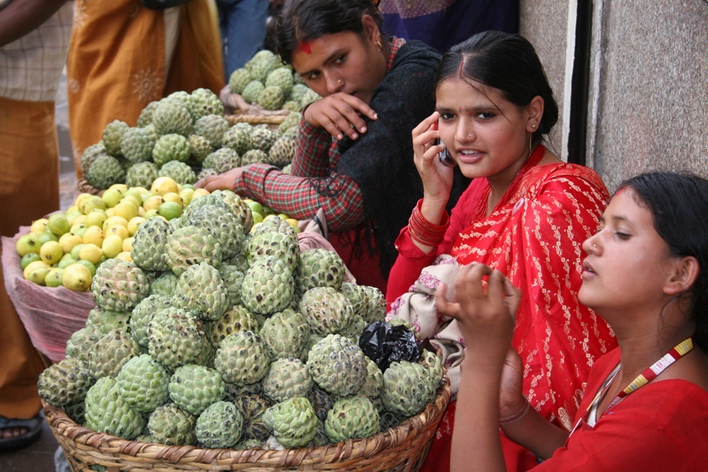CARE Ratings chief economist Madan Sabnavis and research analyst Bhagyashree Bhati said India government would face several challenges including investment to achieve goals of the telecom policy 2018.
The main challenge would be to motivate telecom operators to make additional investment to boost their network in order to enhance coverage and speed. Increase in mobile and Internet coverage and data speed are the two main goals of the draft policy announced by the India government on May 1.
 Usually, telecom policies do not stipulate guidelines on how to achieve the goals. Since India government does not want to commit funds on infrastructure for expanding coverage, relying on telecom operators does not make sense for the consumer. Telecom operators say there are not getting any incentive to increase investment. In fact, spiralling cost of spectrum is a big disadvantage for telecom operators.
Usually, telecom policies do not stipulate guidelines on how to achieve the goals. Since India government does not want to commit funds on infrastructure for expanding coverage, relying on telecom operators does not make sense for the consumer. Telecom operators say there are not getting any incentive to increase investment. In fact, spiralling cost of spectrum is a big disadvantage for telecom operators.
CARE Ratings said the goals proposed by the India government though appear bright are challenging considering certain facts at present.
The India government aims to provide connectivity in all the uncovered areas by 2022. For this target to be achieved, it becomes very necessary for all the areas to be electrified. However as of April 2017, 25.4 percent of rural households are un-electrified as per NITI Aayog.
If the government succeeds in providing 1 Gbps connectivity to all Gram Panchayats of India by 2020 and 10 Gbps by 2022, it will significantly improve the administrative functioning of the villages. But India needs to analyse the current scenario. Fixed line broadband network with seamless coverage is not even present in all rural areas.
As per telecom tower association TAIPA, the number of Wi-Fi hotspots in India was 31,518 as on March 2016. As per the proposed policy, the India government aims to increase Wi-Fi hotspots to 5 million by 2020 and 10 million by 2022 which looks quite challenging.
As per TRAI MySpeed App, the average download speed by the top telcos was in the range of 8.9 Mbps to 18.4 Mbps as on February 2018. The policy aims it to increase it to 50 Mbps for each citizen. This also sounds a challenge.
The government aims to achieve unique mobile subscriber density of 55 by 2020 and 65 by 2022. Unique mobile subscriber refers to one individual who have subscribed to mobile service and have multiple connections. Considering the growth to be achieved during 2020-22 and assuming that the unique subscriber addition growth rate would be higher during 2018-20 calculating backward, it is estimated that the unique mobile subscriber addition at present would be around 45.
The telecom policy seeks investments of $100 billion. To make sure that the investments flow in the industry, the government needs to ensure that they undertake proper implementation of the strategies mentioned in the policy.
The government needs to work on ease of doing business and see to it that there is regulatory certainty. The cumulative FDI in the telecommunications sector was $30.1 billion during April 2000-December 2017. Around $6 billion was invested in 2017 and hence FDI can only partly contribute to this effort. A lot of it has to come from within the country, which will be another challenge.





